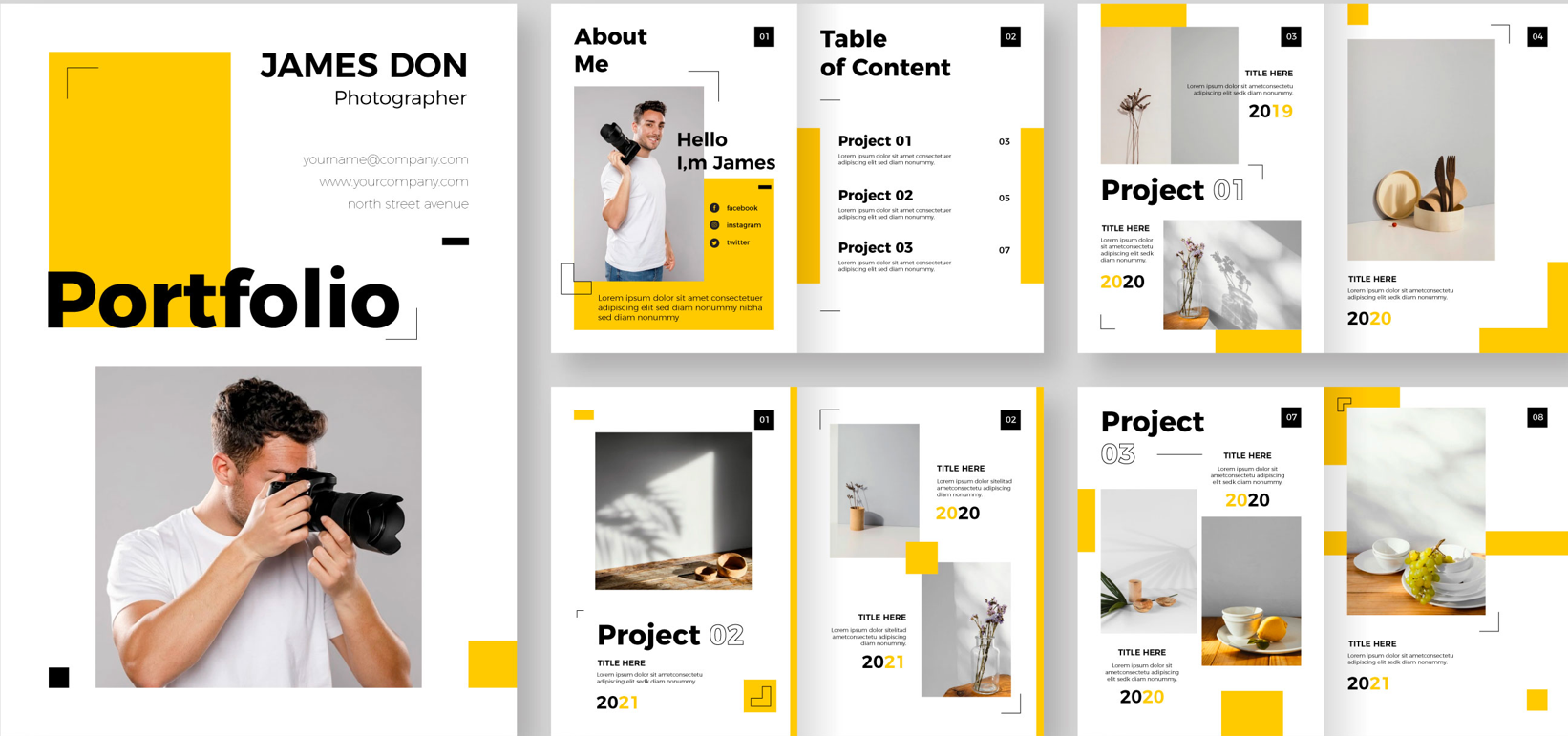A Catalogue Design Brief is a detailed, foundational document that serves as the strategic blueprint for creating a comprehensive product or service publication. Its purpose is to transform a simple inventory list into a sophisticated, visually compelling, and commercially effective sales tool. The brief begins by clearly defining the primary business objectives, specifying whether the catalogue is intended to drive direct consumer sales, generate leads for a B2B sales force, or primarily reinforce brand prestige and introduce new collections. It meticulously outlines the target audience, guiding the designer on the ideal visual tone—whether it should be aspirational and luxurious, or strictly technical and informational—to resonate with the intended reader. Crucially, the brief manages the content and data backbone of the project, requiring finalized, high-resolution product images (typically 300 dpi for print) alongside accurate SKUs, pricing, and concise, benefit-driven product descriptions. Furthermore, it dictates the structural architecture and navigational logic of the publication, specifying the total page count, the consistent page grid system, the layout of the table of contents and index, and the visual hierarchy used to emphasize best-selling or promotional items. Finally, the brief addresses technical production specifications like paper stock, binding method, and final dimensions, and explicitly defines the Call-to-Action (CTA) strategy, ensuring the catalogue clearly directs the reader toward the next purchasing step.


